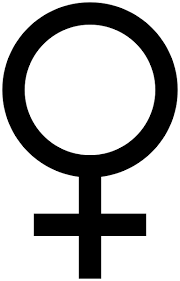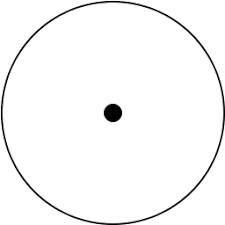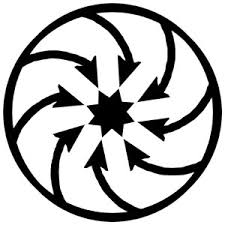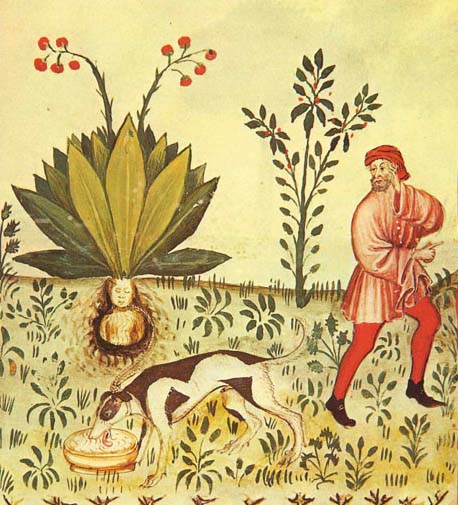
Large Animals
Hit Dice: 6d8+24 (51 hp)
Initiative: +3 (Dex)
Speed: 50 ft. (10 squares)
Armor Class: 17 (–1 size, +3 Dex, +5 natural), touch 12, flat-footed 14
Base Attack/Grapple: +4/+17
Attack: Bite +13 melee (2d6+12)
Full Attack: Bite +13 melee (2d6+12)
Space/Reach: 10 ft./5 ft.
Special Attacks: Trip
Special Qualities: Low-light vision, scent
Saves: Fort +9, Ref +8, Will +6
Abilities: Str 29, Dex 17, Con 19, Int 3, Wis 12, Cha 10
Skills: Hide +0, Listen +7, Move Silently +5, Spot +7, Survival +2*
Feats: Alertness, Run, TrackB, Weapon Focus (bite), Improved Natural Attack (bite)B
Environment: Any
Organization: Solitary or pack (5–8)
Challenge Rating: 5
Treasure: None
Alignment: Always neutral
Advancement: 7–18 HD (Large)
Initiative: +3 (Dex)
Speed: 50 ft. (10 squares)
Armor Class: 17 (–1 size, +3 Dex, +5 natural), touch 12, flat-footed 14
Base Attack/Grapple: +4/+17
Attack: Bite +13 melee (2d6+12)
Full Attack: Bite +13 melee (2d6+12)
Space/Reach: 10 ft./5 ft.
Special Attacks: Trip
Special Qualities: Low-light vision, scent
Saves: Fort +9, Ref +8, Will +6
Abilities: Str 29, Dex 17, Con 19, Int 3, Wis 12, Cha 10
Skills: Hide +0, Listen +7, Move Silently +5, Spot +7, Survival +2*
Feats: Alertness, Run, TrackB, Weapon Focus (bite), Improved Natural Attack (bite)B
Environment: Any
Organization: Solitary or pack (5–8)
Challenge Rating: 5
Treasure: None
Alignment: Always neutral
Advancement: 7–18 HD (Large)
The Great Mastiff is a very powerful dog, which was bred from into its present state by the warriors of Machimos. Originally bred to find and eliminate Deinonychus and their nests, this breed has immense stopping power and ability to work in coordinated attack. These enormous dogs are extremely loyal to their masters, and are excellent with children.
Great Mastiff are a shade of brindle, black, fawn, or red, and have enormous jaws. They are about 7-8 feet long and weighing some 800 pounds.
Combat
Great Mastiff prefer to attack in packs, surrounding and flanking a foe when they can. When accompanying its master on a hunt or in war, the great mastiff will work seamlessly with human allies.
Trip (Ex): A great mastiff that hits with a bite attack can attempt to trip its opponent (+13 check modifier) as a free action without making a touch attack or provoking an attack of opportunity. If the attempt fails, the opponent cannot react to trip the great mastiff.
Excellent Learner: A great mastiff can learn a maximum of eight tricks, and the DC for all Handle Animal checks involving a great mastiff is reduced by 2. In addition, the time required to train a great mastiff for a purpose is reduced by 1 week (to a minimum of 1 week).
Great Mastiff prefer to attack in packs, surrounding and flanking a foe when they can. When accompanying its master on a hunt or in war, the great mastiff will work seamlessly with human allies.
Trip (Ex): A great mastiff that hits with a bite attack can attempt to trip its opponent (+13 check modifier) as a free action without making a touch attack or provoking an attack of opportunity. If the attempt fails, the opponent cannot react to trip the great mastiff.
Excellent Learner: A great mastiff can learn a maximum of eight tricks, and the DC for all Handle Animal checks involving a great mastiff is reduced by 2. In addition, the time required to train a great mastiff for a purpose is reduced by 1 week (to a minimum of 1 week).
Skills: A great mastiff has a +2 racial bonus on Hide, Listen, Move Silently and Spot checks.
*It also has a +4 racial bonus on Survival checks when tracking by scent.
*It also has a +4 racial bonus on Survival checks when tracking by scent.



 The male aspect of Tethys is known as Oceanus, and is given reverence primarily in the long night, as this is a time of frequent battle as the nights predators emerge. Cultists dedicated to the male aspect are trained in battle and survival, prizing physical power and tests of strength as well as ones ability to sire offspring. Oracles dedicated to Oceanus claim that he appears as a ferocious man with a wild beard and features of crustacean, reptile and fish, and that he stands well over 60ft in height.
The male aspect of Tethys is known as Oceanus, and is given reverence primarily in the long night, as this is a time of frequent battle as the nights predators emerge. Cultists dedicated to the male aspect are trained in battle and survival, prizing physical power and tests of strength as well as ones ability to sire offspring. Oracles dedicated to Oceanus claim that he appears as a ferocious man with a wild beard and features of crustacean, reptile and fish, and that he stands well over 60ft in height.




















